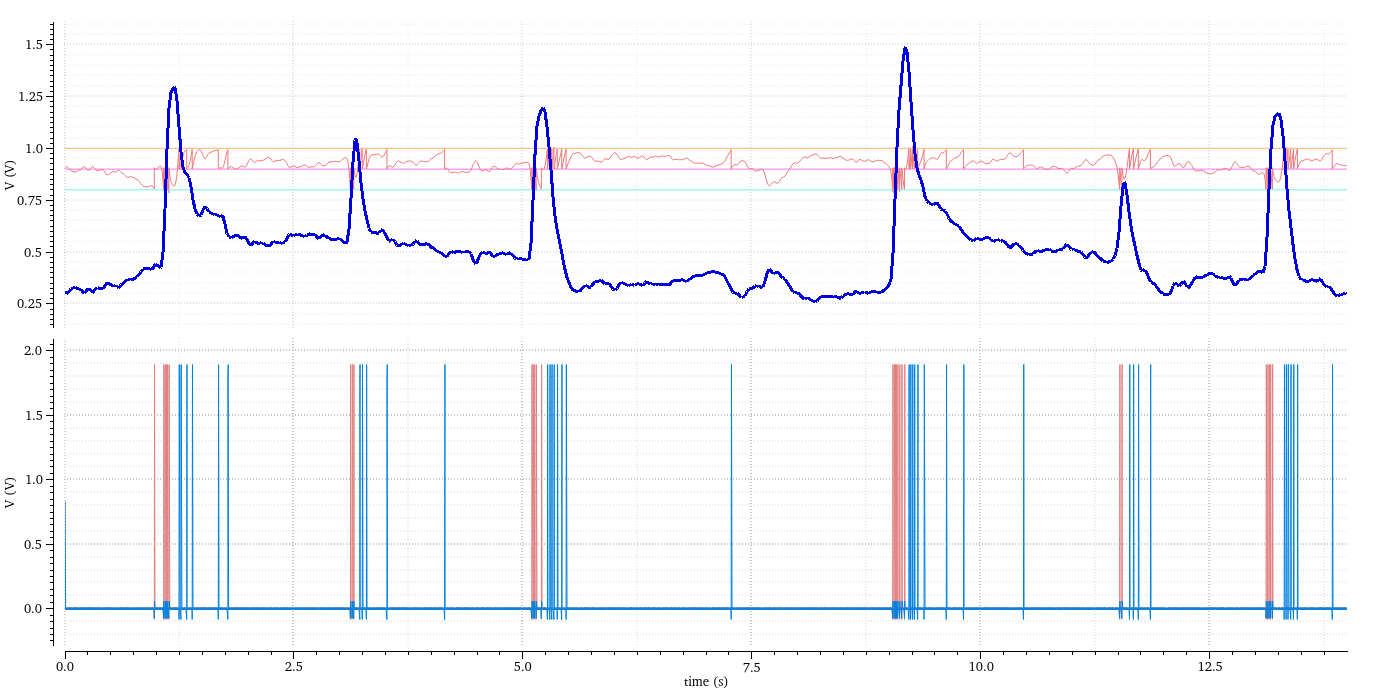Project Description:
Sleep quality, attention monitoring, and real-time cognitive state assessment are increasingly critical in both research and consumer applications. However, sleep patterns and attention levels are difficult to quantify accurately using conventional methods. Eye movements, particularly blink duration and intensity, serve as valuable physiological indicators of these states. This project addresses the need for an efficient, real-time, low-power system capable of decoding such biosignals, with applications ranging from sleep and attention monitoring in high-risk environments (e.g., driving, flying) to cognitive performance analysis, education, and neurofeedback training. Additionally, the neuromorphic system holds promise for biological stimulation, such as nerve or muscle activation, and could aid in the treatment of mental health and neurodegenerative disorders through targeted neuromodulation. By using spiking neural networks and biologically-inspired signal processing, the platform offers a scalable, energy-efficient solution suited for wearable devices, advancing the field of continuous-time brain-machine interfaces.
To realize this vision, the project employs a custom mixed-signal integrated circuit designed using the SkyWater 130nm open-source CMOS process. The chip is designed to capture Electroencephalography (EEG) signals noninvasively through input electrodes placed on the scalp, perform on-chip analog signal conditioning and delta-modulation-based spike encoding, and route the resulting spike trains into a Spiking Neural Network (SNN) for real-time classification. The front-end architecture was inspired by open-source systems like the OpenBCI Cyton, but is extended into a fully integrated hardware platform optimized for low power operation, minimal area overhead, and onboard processing. Analog front-end circuits were developed to condition and encode the EEG signals efficiently, while custom SNN layers were trained to classify blink characteristics, such as distinguishing between soft and hard blinks based on spike amplitude ratios or temporal dynamics. The aim of the platform is to support high input-channel throughput with minimal power consumption, making it ideal for embedded, or mobile biosignal monitoring systems, and aims to contribute an open-source hardware reference for biologically-inspired computation. Full system characterization including layout was performed using the Cadence Design Suite.
